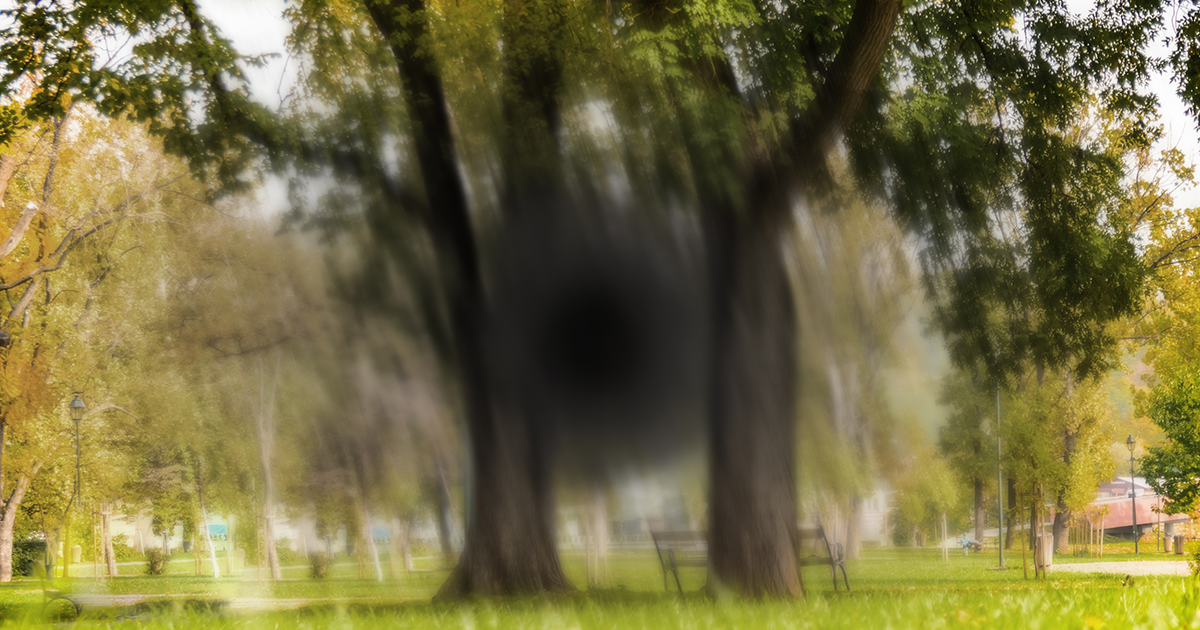Does everything you see seem a little blurry? Is it hard for you to do everyday tasks such as writing or reading? Do these things not get better with the use of glasses or bifocals?
Then there’s a high chance that you have low vision.
What Is Low Vision?
Low vision is when someone’s remaining vision is impaired enough to interfere with daily activities. Low vision is usually connected to other vision conditions and is not something that can be treated with glasses, contacts, surgery or medication.
Low vision mostly affects those who are older. And it’s much more common than you think. One in 28 Americans has low vision who are aged 40 and older.
What Causes Low Vision?
Low vision can be caused by many different things. The main thing that leads to low vision is macular degeneration. It’s an age-related disease that affects the macula, an important part of the eye.
The macula is part of the eye’s retina. It’s the main organ that allows people to look at something and see it clearly, so a person’s central vision. It’s the main organ in processing color and fine detail as well. So it makes sense that if you have an eye condition that affects it, then you have a high chance of developing low vision.
Some conditions that cause low vision are cataracts, stroke, diabetes and glaucoma. Low vision can affect younger people if they have a genetic eye disease or a trauma that affects their eyes.
How Many Types of Low Vision Are There?
There are four main types of low vision, and the kind you have depends on what disease or condition caused you to have it.
- Central vision loss (a person can’t see things directly in front of them)
- Peripheral vision loss (a person can’t see things out of the corners of their eyes)
- Night blindness (a person has trouble seeing at night or in low light)
- Blurry or hazy vision (a person has trouble seeing objects in general)
How Do You Diagnose Low Vision?
In order to find out if you really have low vision, you’ll need to visit us. The earlier you make an appointment the better as your eye doctor can get you on track to handling your low vision.
The test will include the use of magnifiers, lighting, and special sight charts to determine what kind of low vision you have and any other underlying conditions. Be sure to be completely honest with your eye doctor about what you can see and what you can’t. There’s no need to feel ashamed. You’re not alone — 11 million Americans over the age of 12 need vision correction!
Here at VisionQuest, we adore your eyes, and so should you. You should schedule an appointment any time you think something is wrong or “off” with your eyes. You should especially do so for young children who are in school and play sports as it can start to affect their daily lives just like it would an adult.
What Are the Treatments for Low Vision?
In some situations, if it’s a condition that causes low vision, it can be corrected. In other cases, though, low vision is permanent. But don’t panic! There are many tools people use in their daily lives to keep doing what they love.
Some of the low-vision aids you can invest in are:
- Reading prisms.
- Hand magnifiers.
- Magnifying glasses.
- Lenses that filter light provided by your eye doctor.
- Telescopic glasses.
- Large print on phones, tablets, computers and books.
These aids can improve your sight and the quality of your daily activities.
Don’t Let Low Vision Get in the Way
You’re not alone in your fight against the problems of low vision. There are thousands of others just like you who go out and seize every day as they should.
If you want help to understand and living with your low vision, schedule an appointment with VisionQuest today. Our trained professionals will help you find the treatments and rehabilitation that work so you can keep seeing your future.

Dr. Chris Browning is a Greenwood native, who has been serving the community through glaucoma care and myopia management. He studied at Indiana University Bloomington and the Indiana University School of Optometry. As he has severe nearsightedness himself, Dr. Browning is passionate about helping others to achieve excellent vision.

